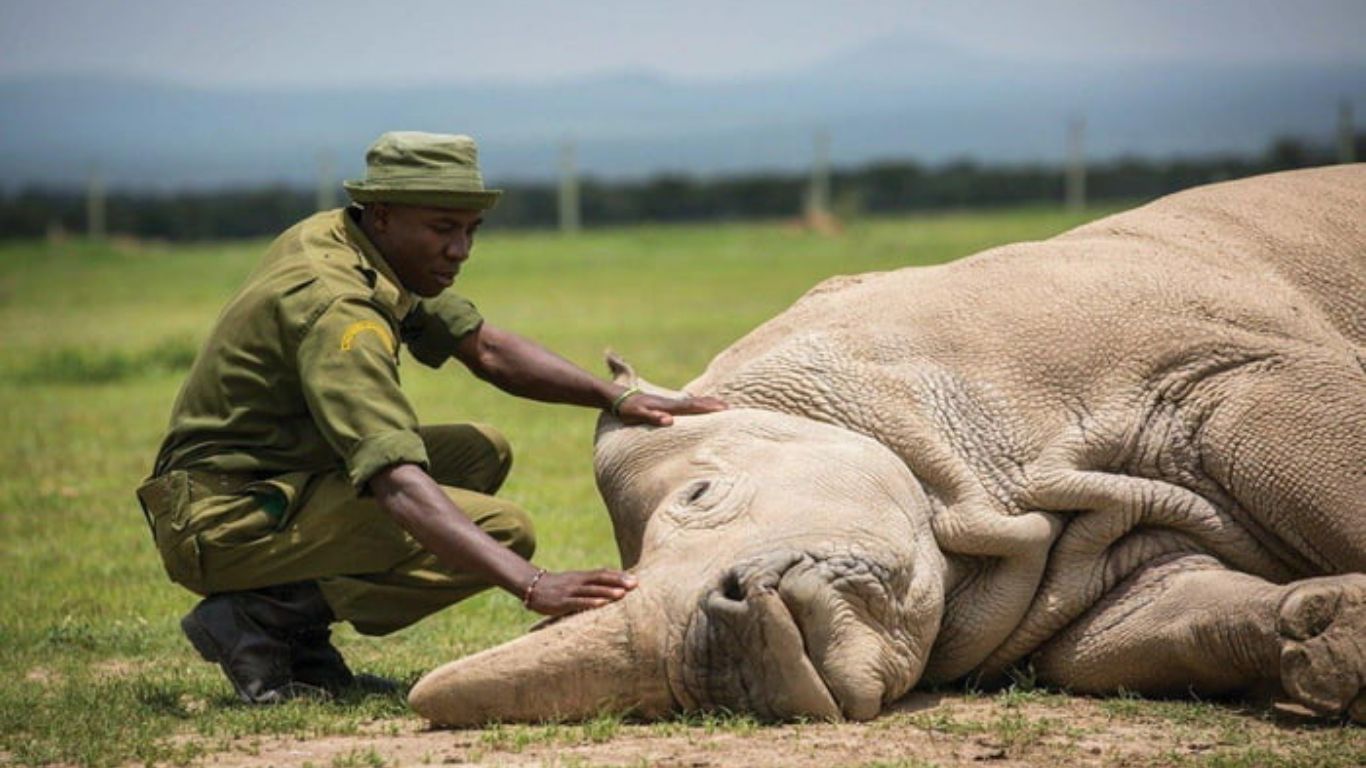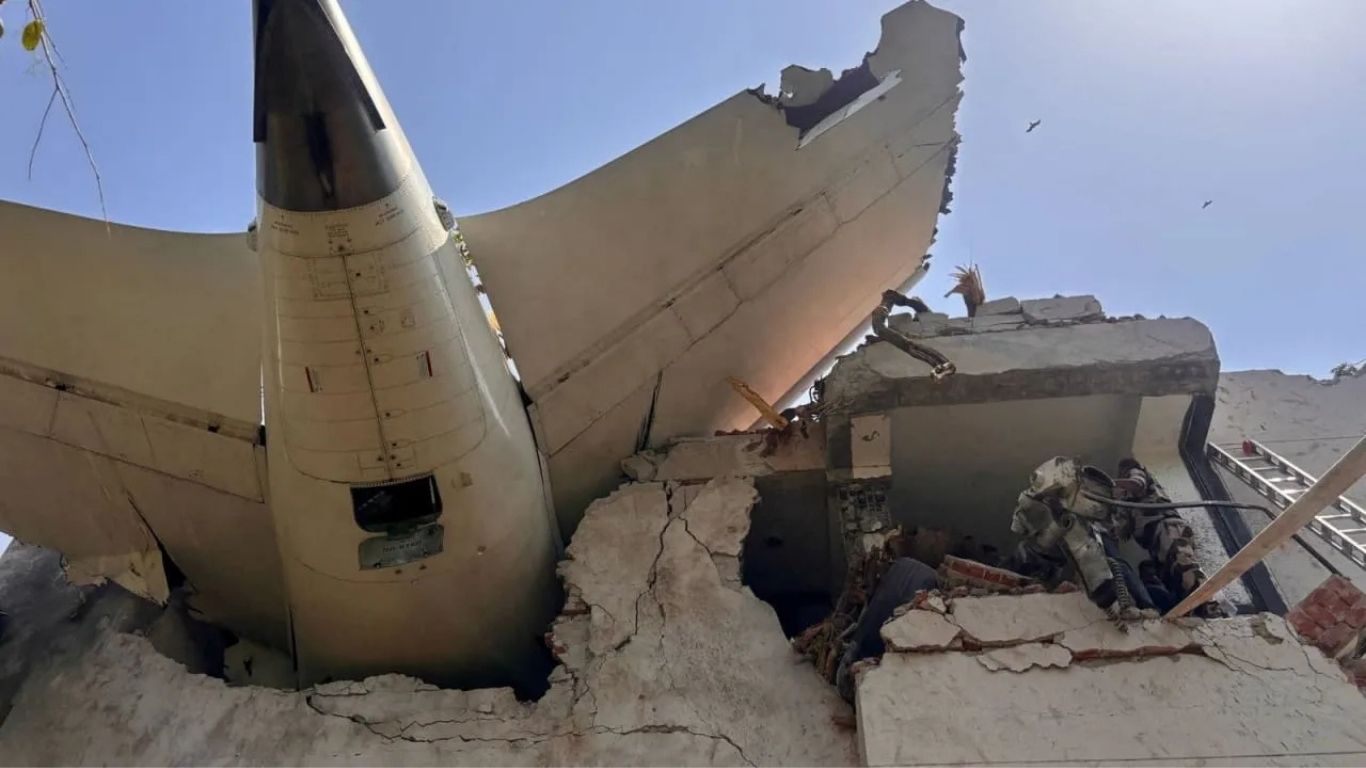New research by Brown University’s Dr. Colleen Dalton and colleagues in the Geochemistry, Geophysics, Geosystems journal outlined how tectonic activity, a reduction in seafloor spreading, had been resulting in a rapid sea level drop millions of years ago. It is the reverse of the current sea-level rise attributed in large part to climate change and ice sheet melting.
The role of Seafloor Spreading
Seafloor spreading is a mechanism for generating new oceanic crust at the oceanic mountain ranges of the mid-ocean ridges, where tectonic plates are diverging from each other. Magma from the mantle of the Earth rises up, cools, and creates new crust that drifts away from the ridges with the passage of time. Seafloor spreading deepens ocean basins as they widen with the passage of time. If seafloor spreading decelerates, there are fewer new units of crust produced, which tends to create deep ocean basins as well as a contemporaneous reduction in sea level.
Dr. Dalton estimates a 6 million to 15 million braking time. New ocean crust was being produced at a possible 35% less rate, and sea level dropped by roughly 85 to 105 feet. It wasn’t a one-time thing; it pervaded all of Earth’s processes, from Earth’s internal heat flow to ocean chemistry.
Far-reaching Consequences of the Slowdown
The slowing of seafloor spreading had profound implications beyond its implications regarding the reduction of sea level. It decreased, inter alia, Earth’s internal heat flow by 8% since there were fewer volcanic activities within the mid-ocean ridges. It even had impacts on ocean chemistry, demonstrating how all of earth’s processes are linked.
These changes occurred over a period of millions of years, incrementally reshaping coasts and sea environments step by step. Compared with today’s fast-paced sea-level rise, driven by ice sheet melting and ocean expansion, tectonic change was a slow but profound phenomenon. If the entire East Antarctic Ice Sheet collapsed today, for example, the sea level might rise as high as 118 feet-a profound, sudden change compared with the slow tectonic down-draw of the past.
Tectonics versus Climate: Two Competing Processes
While climate change is similarly the subject of current sea level research, it is tectonic activity past as well as present that is emphasized here. It is the intermingling of these processes in action equally upon the Earth of the past as upon the current Earth. For example:
- Climate change: Increasing temperatures and loss of ice result in a speeded sea level rise with direct implications for people living along coastlines.
- Tectonic processes: Seafloor spreading, as all such processes, operates at a million-year time scale, relentlessly but gradually reshaping the Earth’s crust.
By looking back, Dr. Dalton’s team provides a clearer picture of how twin drivers shape sea levels. Their research puts into perspective the fact that climate change is the immediate threat, while tectonic activity is the long-term influencer.
Why This Matters More than it illuminates Earth’s history, however, the research illuminates the complexity of the planet’s dynamic processes. Having some knowledge of the way tectonics shaped sea levels hundreds of millions of years in the past places environmental issues today into context. It is a success of interdisciplinary science as well, as the science of climatology was married with that of geology to get a handle on the processes that shaped our planet.
Conclusion
Dr. Colleen Dalton’s research reminds us of the power of tectonic action reshaping Earth’s crust. Tectonic action deepened ocean basins through a slowdown of seafloor spreading 6 million to 15 million years ago, lowering sea levels by over 100 feet—a shift that can only be compared loosely to sea levels today. Looking back at the ancient event, we have a keener appreciation for the interactions of geological and climatic processes acting today. This research does more than add to Earth’s history. It provides insight into how we comprehend its ever-changing coastlines.




